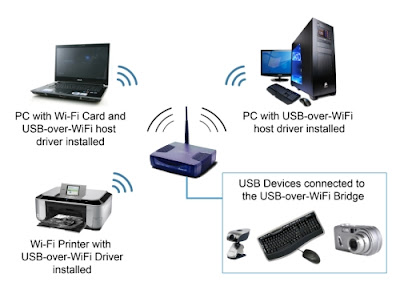Last lecture of telecommunication & Networking !
While being busy up and down these days...
I realise that every good thing must come to an end.
This week, we learnt about internet protocol.
Internet protocol
-Every computer has unique IP address
-IP address consists of 32 bits ( 4 octets, 0-255)
-consists of 2 parts : identifying the network, identifying the node/host
-Classes of address determines which part belongs to the network and which part belongs to the node.
-All nodes has same network prefix but unique host number.
Class A Network
-Binary add starts with 0
-Decimals can be anywhere from 1-126
-The first 8 bits identify the network, the remaining 24 indicates the nodes.
Class B Network
-Binary add starts with 10
-Decimals can be anywhere from 128-191
-the number 127 is used for loopback and internal testing system
-The first 16 bits identify the network and the remaining 8 indicates the nodes.
Class C Network
-Binary add starst with 110
-Decimals can be anywhere from 192-223
-The first 24 bits identify the network
Class D Network
-Binary add starts with 1110
-Decimals can be anywhere from 224-239
-used for multicasting
Class E Network
-Binary add starts with 1111
-Decimals can be anywhere from 240-255
-Experimentation, never been utilized
What is ISP?
- Internet service provider.
- Organisation that provides access to the internet.
What is HTTP?
-Hypertext transfer protocol
-application protocol for distributed, collaborative, hypermedia information system.
-foundation of data communication for WWW (World Wide Web)
My little reflection of the day:
Thanks to the course, now I understand more about telecommunication & networking. Dr Dayang has been conducting a real useful rudiment. Even though it is not my core subject, it's always of no harm to learn more out of the box :)
Knowledge should not be bounded or confined. I hope that all these insights will be helpful in my future english teaching. It's an era of technology, I am convinced that english teachers must also be weaponed with ICT literacy... :)
Thank you dearest lecturer and readers ! I had a whale of a time here :)

























